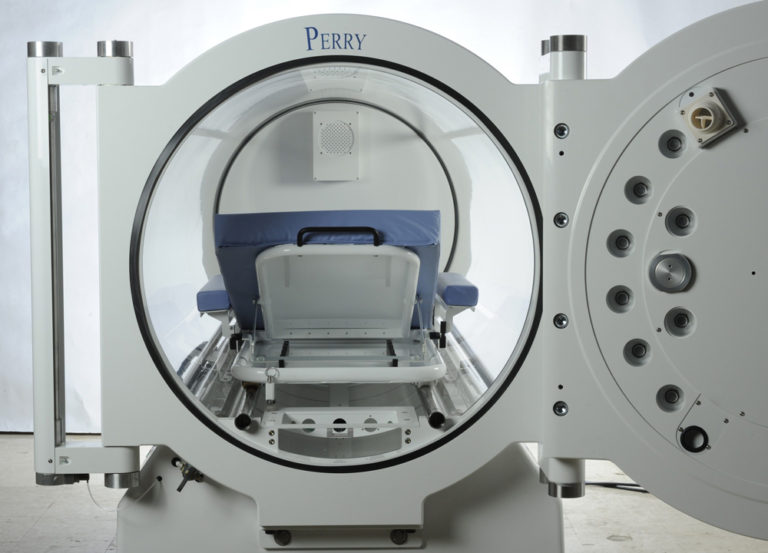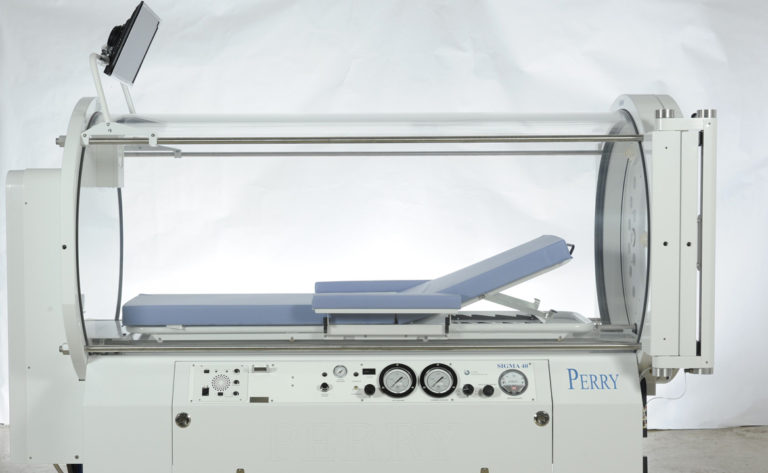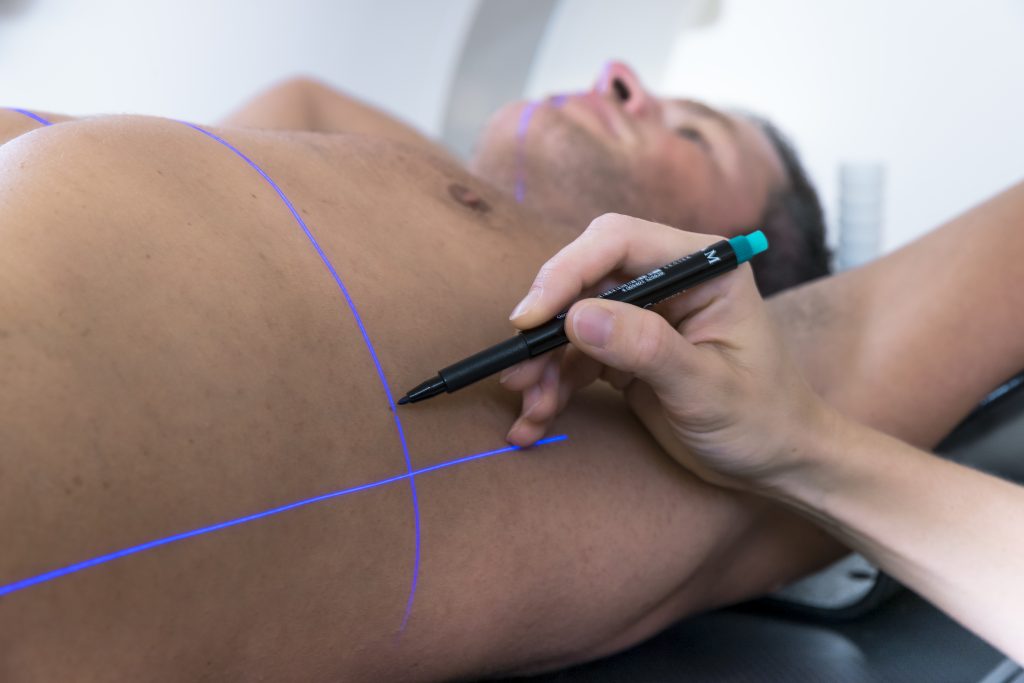For ve years, the 58-year-old woman diagnosed with Alzheimer’s disease had experienced slipping mental abilities, a decline that was beginning to accelerate.
“Think of it like a straitjacket that gets tighter and tighter,” said Molly Fogel, director of educational and social services for the Alzheimer’s Foundation of America.
But for this particular patient, one of 5.7 million Americans who suffer from Alzheimer’s disease, the straitjacket is looser following treatment with hyperbaric oxygen therapy.Dr. Paul Harch, a clinical professor and director of hyperbaric medicine at the LSU Health New Orleans School of Medicine, and Dr. Edward Fogarty, of the University of North Dakota School of Medicine, have outlined her hopeful case in a report published in the peer-reviewed journal Medical Gas Research.
After 66 days of hyperbaric oxygen therapy, the woman regained some of what the disease had stolen from her. Her memory and concentration improved, as did her ability to do crossword puzzles and use the computer. But the case study goes beyond what the patient reported about her symptoms or her performance on tests, like drawing the face of a clock. The study shows visible improvement of her brain itself on PET scans taken before and after the treatment. The result is images that Harch said a third-grader could look at and say: “That patient looks better.
“We demonstrated the largest improvement in brain metabolism of any therapy for Alzheimer’s disease,” said Harch, who described metabolism as the gas that makes an engine go.
The PET scans taken a month after the treatment showed global improvement in brain metabolism of 6.5 percent to 38 percent, according to the study.
“HBOT in this patient may be the first treatment not only to halt but temporarily reverse disease progression in Alzheimer’s disease,” Harch said.

That would be a significant development for a disease that is considered irreversible. Alzheimer’s disease affects 5.5 million Americans over age 65 and 200,000 who are younger, like the patient in Harch’s study. The most common form of dementia, is the sixth leading cause of death in the United States, according to the National Institutes of Health. It’s also on the increase, according to the Alzheimer’s Association, with deaths from the disease increasing 123 percent from 2000 to 2015. By 2050, the association said, the number of cases is expected to reach nearly 14 million. As the Baby Boom generation ages, Harch said, the negative consequences of their excesses in earlier decades, including alcohol and drug abuse, will make cognitive decline faster.
“The load of toxins, food additives, pesticides in chemicals — all take a toll,” he said.
To Harch, Alzheimer’s is an injury to the brain, and hyperbaric oxygen therapy is used to treat wounds anywhere in the body, including the brain. He has treated stroke victims, patients suffering from a post-traumatic stress disorder and those with concussions as well as Alzheimer’s patients. The woman in the case study is the first in a series of 11 Alzheimer’s patients whose improvement has been documented with PET scans.
Harch has also treated near-drowning victims, including a toddler who fell into her family’s backyard pool. In that case, he was able to show the reversal of severe brain damage, an actual regrowth of brain tissue, after hyperbaric treatment. The child, who doctors had said would never walk or talk again, now is doing both.

Hyperbaric oxygen treatment puts patients in a chamber where they breathe 100 percent oxygen under increased atmospheric pressure. The increased pressure and oxygen turn on genes for growth and repair hormones and inhibit those that cause an inflammatory response and cell death, Harch said. Alzheimer’s is primarily a vascular disease, Harch said. The protein plaques and tangles in the brains of Alzheimer’s sufferers could be the end product of injury, he said. Hyperbaric oxygen therapy reduces the burden put on the brain by the protein plaques and tangles. But Harch said it targets all four pathological processes that have been identified in Alzheimer’s patients, including microcirculation and dysfunction of the mitochondria, which provide the chemical energy for cells to live.
Alzheimer’s is a progressive disease that affects memory, thinking, and behavior. It disconnects those who have it from themselves and their environment, Fogel said. People with Alzheimer’s can nd themselves overwhelmed simply by all the items in a bathroom or a closet.
After 21 treatments, the patient in Harch’s study reported an increase in her energy and activity level, as well as an improved mood. She could draw the face of a clock correctly, perform daily activities and work crossword puzzles. After 40 treatments, she had increased memory and concentration, according to the report. She slept better and had a better appetite. She also felt less disorientation and frustration, with more good days than bad. The study notes that she had a recurrence in her symptoms after the treatment stopped, but she has then retreated over the next 20 months and her symptoms stabilized.
“I talked to her and her husband the other day,” Harch said. “She’s hanging in there, doing fairly well.”
The results of the study suggest that Alzheimer’s can be treated in the long term with hyperbaric oxygen therapy along with drugs, Harch said. The challenge now is to inform doctors and overcome what he calls a misunderstanding of the science behind hyperbaric oxygen therapy, which he describes as gene therapy.
“Medicine is so pathetically slow,” Harch said. “Now the science is out, and we need to inform doctors and change the perception.”




